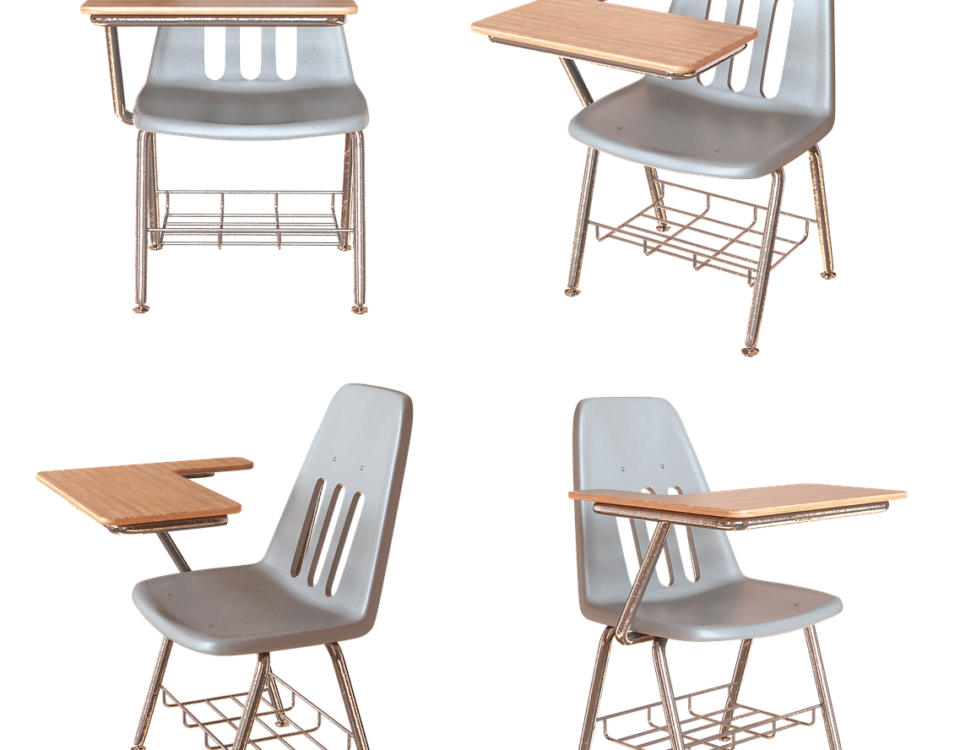Layered Solid Modeling Error Analysis in Rapid Prototyping

The Process of Layered Solid Rapid Prototyping
February 13, 2025
Measures to Improve the Accuracy of Layered Solid Prototyping
February 13, 2025The process of layered solid manufacturing, particularly in technologies like LOM (Laminated Object Manufacturing), involves various stages where errors can arise. These errors are often attributed to multiple factors, including CAD model preprocessing, machine precision, and environmental changes. This article explores the primary sources of errors in layered solid prototyping, offering insights into their causes and how they can be mitigated to improve manufacturing precision and quality.
1. Errors from CAD Model Preprocessing
Before rapid prototyping begins, the 3D CAD model must be processed into an STL format and sliced into layers for the system to understand the part’s geometry. The STL format approximates the CAD model using a series of small triangular facets, which represent the surface of the model. However, this approximation inevitably leads to errors, especially along the boundaries where small irregularities can occur. These discrepancies, also known as “chordal errors,” directly affect the quality of the surface.
Key Issues:
- Triangle Approximation: The STL format relies on a large number of triangles to represent the model’s surface, which can either lead to larger errors or overly fine details depending on the precision settings. A high conversion accuracy increases file size and computational requirements, while lower accuracy can result in visible steps or rough surfaces on the final part.
- Layer Thickness and Stair-Stepping Effect: During slicing, the interval between each layer is fixed, typically around 0.1 mm, which can result in a “stair-step” effect, particularly on curved surfaces. This is an inherent limitation of layered manufacturing, as the slicing process doesn’t perfectly replicate the smooth curves of the original CAD model.
2. Errors Due to Machine Precision
The precision of the machine, including the movement of the laser head and the alignment of the axes, plays a crucial role in the accuracy of the final part. The mechanical setup, such as the verticality of the X, Y, and Z axes, as well as the precision of the laser movement, directly affects the outcome.
Key Issues:
- Laser Head Positioning: Although modern CNC and laser technologies offer high accuracy (often within 0.02 mm), the repeatability of the laser head is crucial. Small errors can compound over time, especially when producing large parts.
- System Calibration: Regular calibration of the laser and motion systems is required to maintain precision. If the system drifts out of alignment, it can introduce errors in the final part, such as misalignment of layers or deviations from the intended geometry.
3. Process Errors During Layering
As the part is being built layer by layer, several factors can lead to discrepancies between layers and within the same layer.
Key Issues:
- Inconsistent Layer Bonds: The bonding between adjacent layers can sometimes be inconsistent. Variations in laser power, heating, or pressure during the bonding process can cause internal stresses, leading to warping, especially in large models. These stresses can result in complex deformations that are difficult to control.
- Laser Power Control: Improper laser power settings can lead to over-cutting or under-cutting of material. Excessive power can damage the previous layer, while insufficient power may not cut through the material adequately, leading to weak bonding or incomplete cuts.
- Grid Size Variability: In LOM processes, a grid is used to separate excess material from the final part. The size of this grid is adjustable but can vary based on the part being produced. If the grid size is too large, it may lead to difficulties in removing the material and poor surface quality.
4. Environmental Changes After Prototyping
Once the prototype is removed from the machine, environmental factors like temperature and humidity can cause additional changes in the material, leading to further errors.
Key Issues:
- Thermal Deformation: As the part cools after being printed, internal stresses can cause warping or distortion. This occurs because the adhesive and the paper materials used in the process have different thermal expansion rates. Uneven cooling can lead to irreparable thermal deformation, impacting the precision of the final product.
- Humidity Effects: Materials like paper or composite layers used in LOM are hygroscopic, meaning they absorb moisture from the air. Changes in humidity can cause the part to expand or contract, leading to dimensional inaccuracies. This moisture absorption can also alter the mechanical properties, making the part weaker or more prone to cracking.
5. Errors from Inadequate Post-Processing
Post-processing is a crucial step in improving the quality and precision of prototypes. After the excess material is removed, further treatments such as polishing, sanding, or coating may be required to achieve the desired surface finish and mechanical properties.
Key Issues:
- Residual Material Removal: In LOM, excess material must be manually removed after the part is completed. This step is highly dependent on the skill of the operator, and errors in this process can lead to dimensional inaccuracies or surface damage.
- Surface Finishing: If the surface is not adequately polished or treated, it can result in defects such as rough textures or imprecise features. In some cases, the part may require additional treatments like painting or coating to ensure it meets the necessary specifications.
- Structural Integrity: The overall strength and durability of the part are often influenced by the post-processing methods used. Inadequate post-treatment can lead to weak points, reduced mechanical properties, or insufficient dimensional stability.
Conclusion
The accuracy of layered solid prototyping, particularly in technologies like LOM, is influenced by a range of factors spanning from CAD model preparation, machine precision, and the layering process to environmental influences and post-processing. By understanding these potential sources of error and taking appropriate corrective measures, manufacturers can significantly improve the accuracy and quality of their prototypes. Regular calibration, careful management of environmental conditions, and meticulous post-processing are all essential to ensuring the success of layered solid manufacturing processes.


